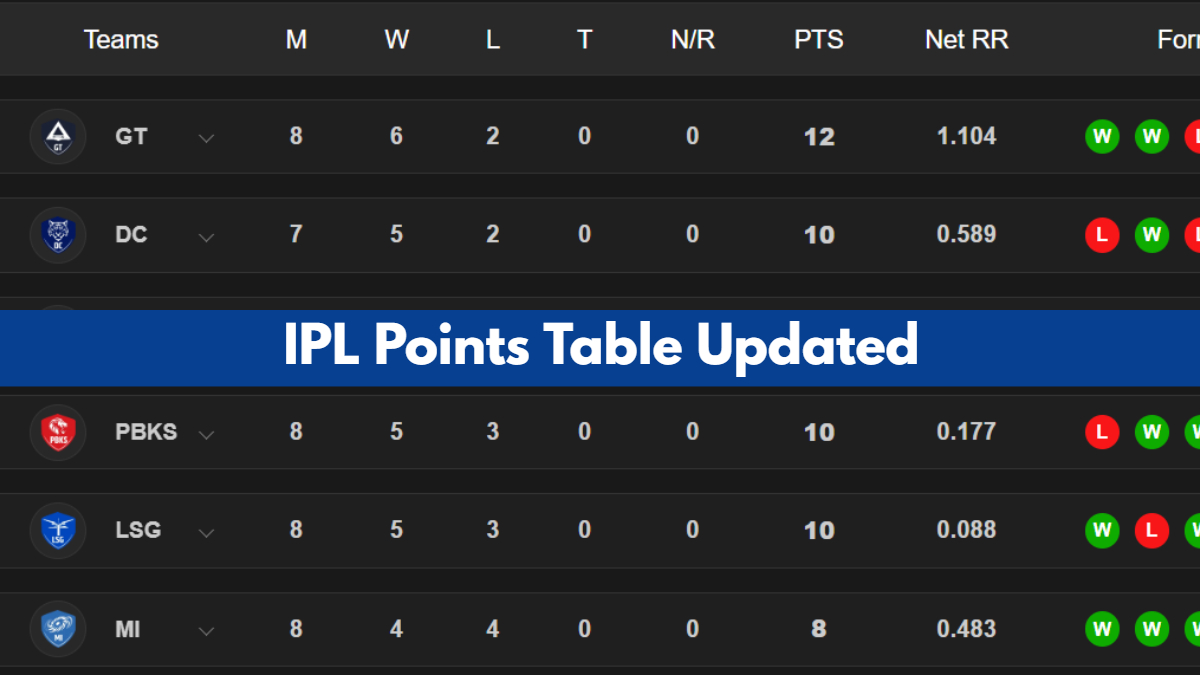Explained: Why Virat Kohli’s Dismissal Against KKR Wasn’t A No-Ball
RCB batter Virat Kohli's dismissal against KKR triggered a huge debate about the waist-high no-ball rule in the game.

Royal Challengers Bengaluru superstar Virat Kohli found himself being dismissed in a manner that triggered a huge debate on social media as well as the cricketing fraternity. Kolkata Knight Riders (KKR) pacer Harshit Rana bowled a full-toss that Kohli connected a little above his waist height and ended up giving a catch into the hands of the bowler. Yet, the umpires deemed Kohli out. The RCB star decided to review the matter but even that went in the favour of the bowling team. Though all the decisions went against RCB in that instance, not everyone is convinced that Virat deserved to be dismissed.
While many have blamed the umpires over Kohli’s dismissal, first that has to be understood that the decision was purely from the technological standpoint as the RCB batter had decided to review the dismissal.
Why was Virat Kohli given out?
First of all, it has to be understood that an above waist height no-ball is only given when the ball reaches the batter, at the popping crease, above the height of the waist. In Virat’s case, however, this wasn’t the case.
Upon assessment, the third umpire deemed the delivery from Harshit Rana a fair delivery as Kohli was standing outside his crease. Even the impact between the ball and the bat was quite ahead of the body.
Virat Kohli’s waist was measured at 1.04 meters by the technology in upright position. But, technological assessment showed that had Kohli stayed inside the crease, the ball would’ve reached him at a height of 0.92 meters. Hence, the delivery cannot be called a no-ball.
What does the Rule Book say?
According to rule 41.7 of ICC regulations ‘Bowling of dangerous and unfair non-pitching deliveries’: Any delivery, which passes or would have passed, without pitching, above waist height of the striker standing upright at the popping crease, is to be deemed to be unfair, whether or not it is likely to inflict physical injury on the striker. If the bowler bowls such a delivery the umpire shall immediately call and signal No ball.
Hence, the rule couldn’t come to Kohli’s rescue in this specific case.
The Argument
The debate raged on as those siding with RCB and Kohli suggested that the impact of the ball was clearly above waist-high. Hence, Virat wasn’t in a position to hit the ball comfortably. Just because he stepped a little out of the crease, the dangerous nature of a beamer from a bowler doesn’t go away. Had Kohli failed to put his bat between the ball and his body, he would’ve gotten hit.
“Obviously, the rules are the rules,” RCB captain Faf du Plessis had said after the game. “Virat and myself at that stage thought that possibly the ball was higher than his waist. I guess they measure it on the popping crease.”
“In those situations, you’ll always have one team that’s happy and one team that doesn’t feel like it’s quite the right decision. But that’s just how the game works.”
The argument, hence, remains if the rule to measure the height of the ball from the position of the popping crease is right.




